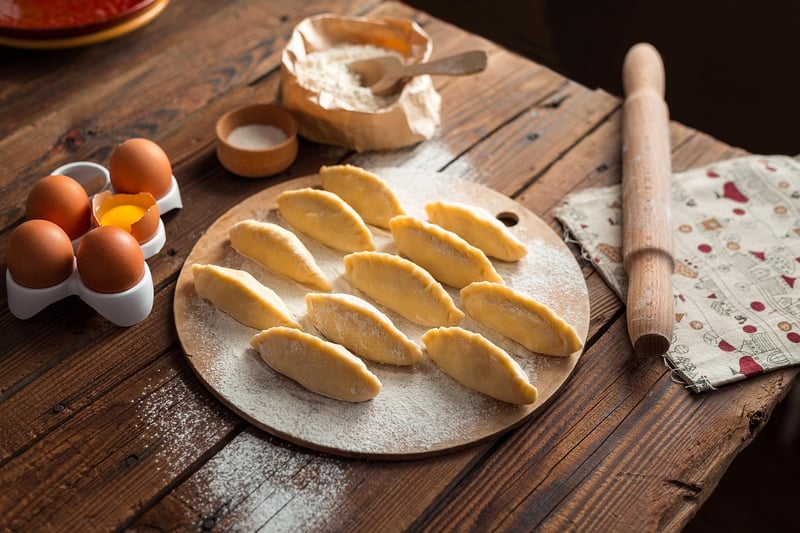Cooking Physics
Understanding the Science of Cooking
The Physics Behind Cooking
Cooking is not just an art; it's a science that involves various physical processes. Understanding the physics behind cooking can help you become a better cook and improve your culinary skills.
Heat Transfer
One of the fundamental principles of cooking physics is heat transfer. Heat is transferred through conduction, convection, and radiation. When you place a pot on a hot stove, heat is transferred from the burner to the pot through conduction. Convection occurs when heat is transferred through the movement of molecules in liquids or gases, like when boiling water. Radiation is the transfer of heat through electromagnetic waves, such as when food is cooked in an oven.
Maillard Reaction
The Maillard reaction is a chemical reaction that occurs between amino acids and reducing sugars when exposed to heat. This reaction is responsible for the browning of food and the development of complex flavors. Understanding the Maillard reaction can help you achieve the perfect sear on a steak or the ideal crust on baked goods.
Emulsions and Foams
Emulsions and foams are culinary techniques that rely on the physics of mixing immiscible liquids or incorporating air into a substance. Understanding the science behind emulsions can help you create stable salad dressings, while mastering foams can elevate your desserts to the next level.
Experimenting in the Kitchen
By understanding the physics of cooking, you can experiment with different techniques and ingredients to create innovative dishes. Try adjusting heat levels to control the Maillard reaction, or experiment with emulsions to create unique sauces.
Conclusion
Cooking is a blend of art and science, and delving into the physics behind cooking can open up a world of culinary possibilities. Whether you're a novice cook or a seasoned chef, understanding the science of cooking can take your dishes to new heights.


